Furigana - Furigana

|
A kana suffix to the right or left side, or sometimes both sides, of a kanji to indicate its reading. It is also called side reading or tsukegana, and in printing terms, it is also called ruby. When furigana is added to all kanji in a sentence, it is called full ruby, and when it is added to only some of them, it is called para-ruby. In modern printed materials, para-ruby is usually added to the right of the kanji (above the kanji in horizontal writing) in hiragana. The origin of furigana lies in the addition of kunten marks to classical Chinese texts, which began in the early 9th century (early Heian period). In these furigana marks, the sound or reading of the kanji is indicated in Man'yōgana, hiragana, or katakana (note: here they are displayed in parentheses after the kanji) to the right or left of the kanji, such as "What (ITSUKUNI), INETE" (Jōjitsuron, 5th year of Tenchō, 828) or "Hō (NEU), Sō (SAU)" (Ougutsumarakyō, early Heian period). The use of furigana (side kanji) to kundan (reading marks) in classical Chinese eventually spread to mixed kanji and katakana writing, and even mixed kanji and hiragana writing, resulting in lines such as, "Even the fiercest will eventually perish" (Enkyo edition of the Tale of the Heike). In the Edo period, furigana was widely used in popular literature published by woodblock print, such as kusazoshi, ukiyo-zoshi, sharebon, and kokkeibon, and its usage continued to be diverse until before World War II. These included (1) those showing the reading of difficult-to-read kanji and proper nouns, (2) those specifying one of two or more readings (such as o no zukara (by oneself) and jinkan (human being)), (3) those matching one Japanese word to two or more kanji characters (such as megumi (affection) and iradattsu (iradattsu)), (4) those assigning a foreign word equivalent to the meaning of a Chinese word (such as teregarafu (transmission machine)), (5) those writing the reading to the right of a Chinese word and the meaning to the left (such as seijitu (sincerity)), and (6) those assigning the reading of another Chinese word to a Chinese word (such as zashiki (guest room)). Nowadays, only (1) and (2) are rarely used. [Masayuki Tsukimoto] Source: Shogakukan Encyclopedia Nipponica About Encyclopedia Nipponica Information | Legend |
|
漢字の読みを示すために、その漢字の右側または左側、ときに両側につけた仮名。傍訓、付け仮名ともよび、印刷用語としては、ルビrubyともいう。文中の漢字すべてに振り仮名をつけることを総ルビ、一部だけに加えるのをパラルビとよぶ。現在の印刷物では通常、パラルビを平仮名で漢字の右傍(横書きの場合には上側)につける。振り仮名の起源は9世紀初頭(平安初期)に始まった漢文への訓点の記入にある。そこでは漢字の右側または左側に(注 ここでは漢字の後ろのかっこ内に表示している)万葉仮名、平仮名、片仮名で「何(イツクニ)、臥(イネテ)」〔成実論(じょうじつろん)天長5年〈828〉点〕、「遶(根宇)、象(佐宇)」〔央掘魔羅経(おうぐつまらきょう)平安初期点〕のように漢字の音や訓を示している。漢文の訓点の振り仮名(傍訓)はやがて漢字片仮名交じり文、漢字平仮名交じり文にも及び、「猛(タケ)キ者モ終ニ滅(ホロヒ)ヌ」〔延慶(えんきょう)本平家物語〕のようになった。 江戸時代には草双紙(くさぞうし)、浮世草子、洒落(しゃれ)本、滑稽(こっけい)本など木版で刊行された大衆の読み物に振り仮名が多く使用され、その後も第二次世界大戦前まで、その用法は多様であった。 これには(1)難読の漢字、固有名詞の読みを示すもの、のほか、(2)2通り以上の読みのうち一つを指定するもの〔自(おのずか)ら、人間(じんかん)など〕、(3)漢字2字以上に和語1語を対応させるもの〔慈愛(めぐみ)、焦燥(いらだつ)など〕、(4)漢語の意味に相当する外来語をあてるもの〔伝信機(てれがらふ)など〕、(5)漢語の右傍に読みを、左傍に意味を記すもの〔誠実(せいじつ)など〕、(6)漢語に別の漢語の読みをあてるもの〔客房(ざしき)など〕があった。現在は(1)(2)以外は使用されることが少ない。 [月本雅幸] 出典 小学館 日本大百科全書(ニッポニカ)日本大百科全書(ニッポニカ)について 情報 | 凡例 |
>>: Transfer system - Furikaseido (English) Girosystem
Recommend
Shintoku
A haiku poet from the early Edo period. His famil...
Brookings Institution - Brookings Institution
An American research institute engaged in research...
Ujung Pandang (English spelling)
A port city on the west coast of the southwestern ...
Manners novel - Fuuzokushosetsu
There used to be a term called "fūzoku shose...
Egyo
Year of birth: Year of birth and death unknown. A ...
Syncopation - Syncopation (English spelling)
A musical term. It is translated as "setsubu...
Senkeneki
A Chinese scholar and poet who was the first to a...
Farce - Chaban
Chaban Kyogen is a type of amateur skit popular i...
Red mites (Dermanyssus gallinae)
A mite of the Mite family. In addition to parasiti...
Art of the Yi Dynasty
During the Joseon Dynasty, Confucianism became the...
Reiganji Temple
This is a Jodo sect temple located in Fukagawa Sh...
Gauze - Sha
A type of tateito (warp threads) that intertwines...
HT1 fiber - Ht1 fiber
… Fibers made from polymers such as aromatic poly...
Craton (English spelling)
An area that is no longer subject to mountain-buil...
Brǎila - Brǎila (English spelling)
The capital of Braila County in southeastern Roma...




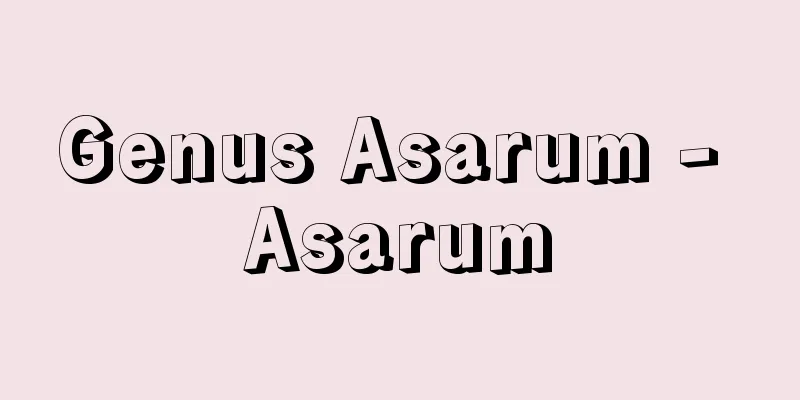
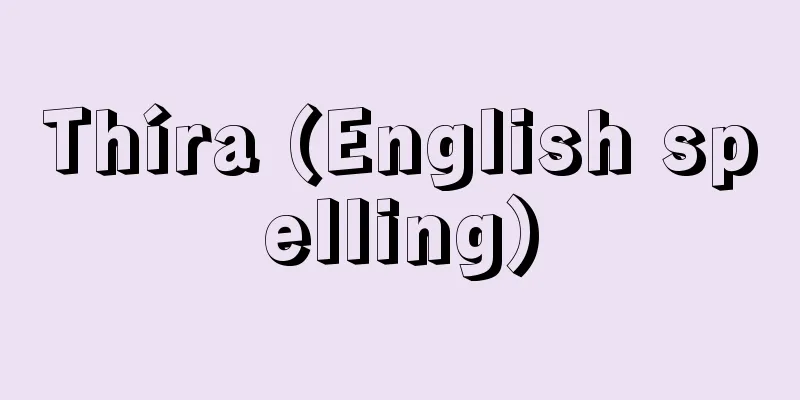
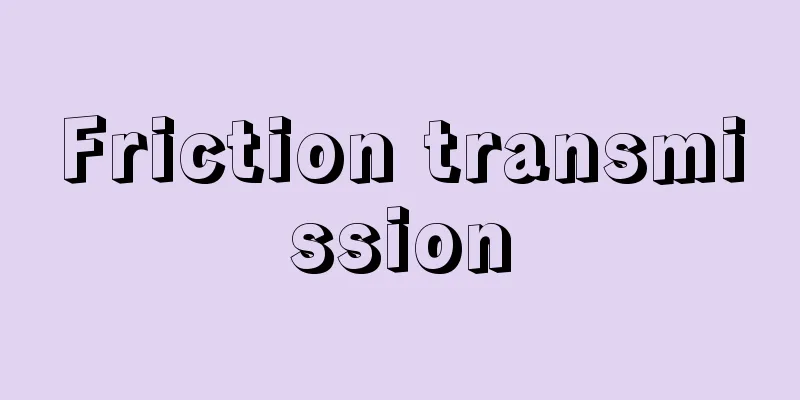
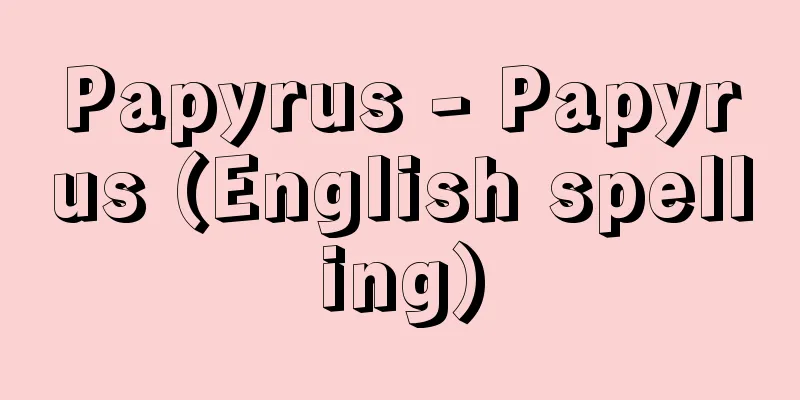
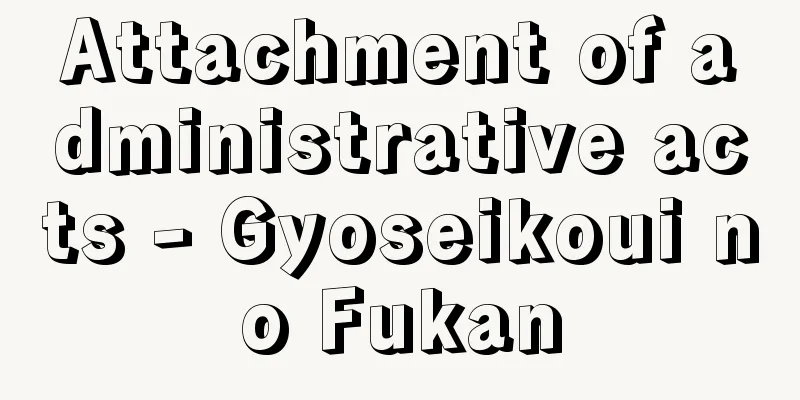
![Katsuragi [town] - Katsuragi](/upload/images/67cb38a6ee808.webp)